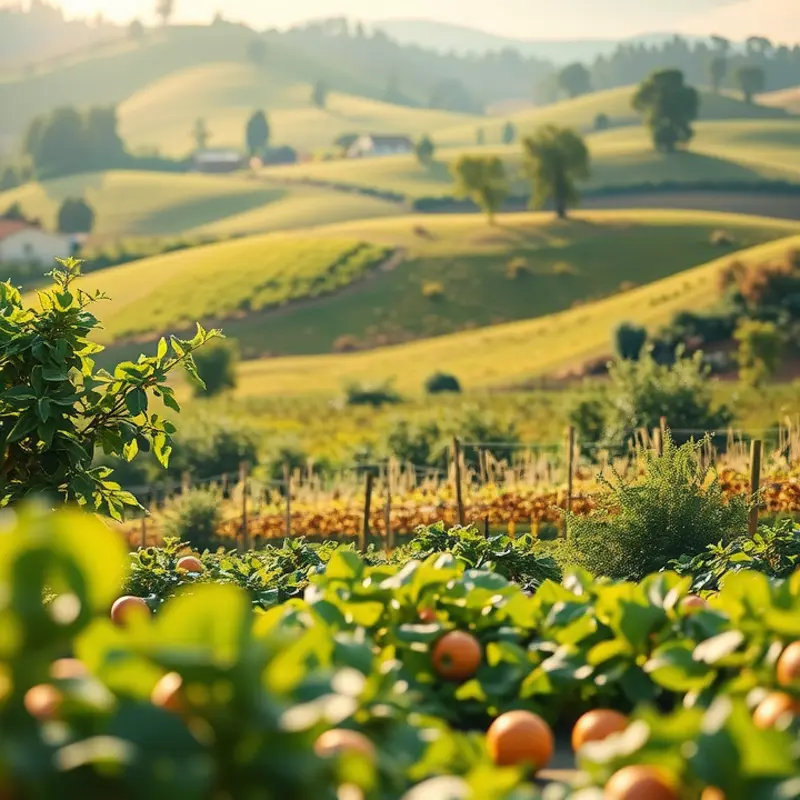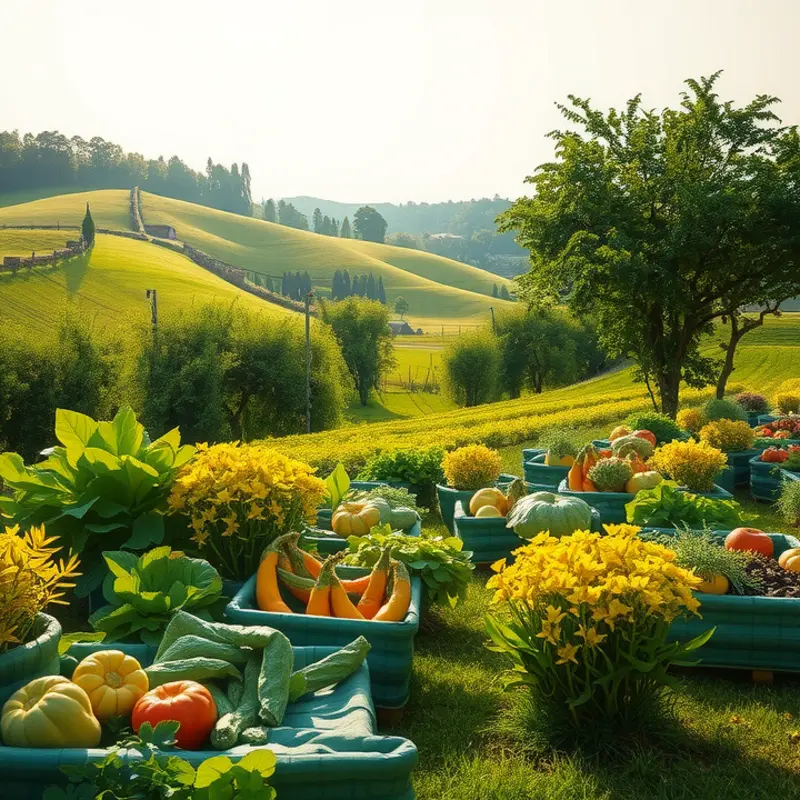Holiday seasons unite families and friends around tables filled with cherished recipes and cultural significance. Across the globe, festive cuisines reveal the heart and heritage of different communities, showcasing vibrant traditions, unique ingredients, and cooking methods that tell a story. Prepare to embark on a delectable journey where each dish offers a taste of history and an invitation to connect with another culture.
A Taste of Tradition: European Holiday Feasts

Europe, a continent rich in culture and history, celebrates its holidays with culinary traditions that are deeply cherished. In Germany, Christmas is heralded by the tantalizing aroma of roasted meats, especially goose, which features as the centerpiece of the holiday meal. Accompanied by the tartness of red cabbage and sweet, starchy dumplings, the feast is more than just a meal—it’s a celebration of heritage where each bite is a step back in familial history.
In Poland, the eve of Christmas, known as Wigilia, offers a distinct celebration of twelve dishes, each representing one of the apostles. This grand spread, abstaining from meat, includes delicacies like borscht with mushroom dumplings and carp. The highlight, however, remains makowiec, a poppy seed roll symbolizing wealth and fertility, anchoring families in tradition and shared dreams.
English festivities are incomplete without the iconic Christmas pudding. An indulgent mix of dried fruits, suet, and spices, it represents a culmination of days in the making and months of soaking in spirits. Prepared weeks in advance, the pudding is ceremoniously flamed with brandy before serving, creating an unforgettable spectacle.
In Italy, Panettone is more than just a sweet bread; it is a testament to Italian craftsmanship and patience. Originating from Milan, this dome-shaped, fruit-studded bread appears on tables throughout the holiday season. Italians savor their Panettone slowly, with family and friends, reflecting the warmth and convivial spirit of the season.
The French Bûche de Noël, or Yule log, is another culinary masterpiece that graces holiday tables. This rich, chocolate sponge cake, rolled and decorated to resemble a wooden log, is a nod to the ancient tradition of burning a Yule log in homes. The Bûche de Noël extends this custom into the realm of gastronomy, signifying prosperity and warmth for the coming year.
These festive dishes are intertwined with cultural rituals that go beyond the dining table. They are acts of love and remembrances of lineage, gathering families and communities. The preparation itself becomes a ritual, with traditions handed down from generation to generation, linking the past with the present.
Each country’s unique approach to holiday meals exemplifies the vast culinary diversity Europe offers. These traditions, while deeply rooted in history, are alive with personal stories. They are a testament to how food can be a powerful connector, not just of flavors, but of people.
For those interested in finding similar delectable influences across global cuisines, explore more about culinary influences of trade, which also shape festive traditions around the world.
Festive Flavors: Traditional Dishes from Asia and Beyond

Journey through Asia, where holiday foods are a tapestry woven with spirituality and tradition. In China, the New Year is marked by the making of dumplings, each folded with care. These dumplings are not just a treat; they symbolize wealth, representing silver ingots of ancient times. Families often gather to prepare these envelopes of prosperity, reinforcing bonds and sharing hopes for the coming year.
In South Asia, Eid becomes a gourmet delight with biryani taking center stage. This fragrant rice dish, rich in spices, varies across regions but always maintains its celebratory essence. Made with layers of marinated meat and aromatic rice, biryani is a communal experience, cooked in large pots to serve gatherings of family and friends. It embodies the spirit of generosity and joy that defines Eid.
Japan’s contribution to festive cuisines is the elaborate Osechi-ryori, a feast for the New Year. This assortment of small, colorful dishes, artfully arranged, is a visual and gastronomic delight. Each component carries a meaning—prawns signify long life, while black soybeans are eaten for health. Prepared ahead of time, these dishes allow families to relax and enjoy each other’s company over the first three days of the year.
Moving beyond Asia, cultures around the world serve distinctive holiday fare that mirrors their heritage. Consider Italy’s Feast of the Seven Fishes, where a variety of seafood dishes highlight the Christmas celebration. This meal is a nod to the regions’ maritime traditions and religious customs, offering a rich palette of flavors from the sea.
In Mexico, Dia de los Muertos is celebrated with vibrant pan de muerto, a sweet bread adorned with bone-like decorations, honoring the deceased. This bread is often paired with hot chocolate, creating an offering both solemn and joyous. Together, they reflect the Mexican philosophy of embracing life and death as a continuous journey.
While exploring these traditions, one can broaden their culinary horizon. To incorporate some of these diverse flavors in your own kitchen, consider practical ingredient batching techniques, which can help recreate such festive meals without hassle. Check out helpful methods on practical ingredient batching.
Each holiday dish weaves tales from its culture, embodying stories of togetherness, hope, and continuity. May your own holiday table be a canvas of global flavors, telling your story through the shared language of food.
Final words
Exploring global holiday food customs reveals the intricate relationship between culture, tradition, and culinary expression. Every dish, whether a panettone from Italy or a plate of dumplings during the Lunar New Year, serves as a reminder of the bonds formed over food and the stories passed down through generations. As you cherish these unique flavors and customs, they inspire you to celebrate and embrace the rich tapestry of global cuisine. Let the spirit of these holiday traditions brighten your culinary journey throughout the year.








